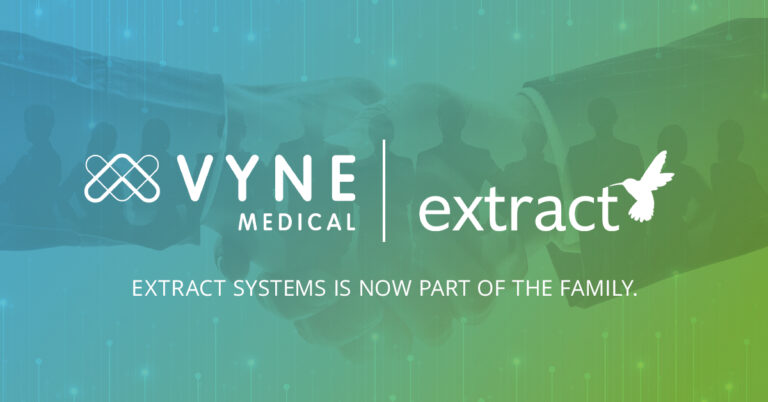
Three Consequences of Patient Matching Errors
Until health organizations can consistently exchange patient data, both safety concerns and financial matters will remain significant burdens, specifically with the issue of patient matching.
Patient matching is essentially the connection of patient records across different medical providers and / or facilities. So, if a patient sees two different doctors or visits two different clinics, in an ideal world, the data should all be in a single medical record, but that is not what happens.
In 2019 around 18 percent of patient EHRs were duplicates, meaning nearly 1 in 5 patients have an incomplete health record. This leads to a misinformed and imperfect view of that given patient’s medical history, causing delays and major safety concerns such as improper diagnosis and treatments or unnecessary testing.
Patient Safety Concerns:
Data that is mismatched or incomplete in the medical record can lead to grave consequences. Shaun Grannis, who is the vice president of data and analytics at Regenstrief Institute explained, “Any time you lack complete information to make the best decision possible, there’s an opportunity for error. Patient matching is a safety issue. Patient identification is paramount to making sure that patients receive appropriate, safe care.”
For example, a woman has a scan of her pelvis and it gets assigned to another patient’s chart. With the scan results no where to be found in the woman’s record, her diagnosis is delayed, leading to a delayed treatment.
Another example that could turn deadly is when a prescription is not matched to the correct record, meaning an incorrect drug could be assigned to the wrong patient, and could result in a fatal outcome.
The Financial Strain:
Patient safety is always the number one priority for health systems, but patient matching errors can pose a significant financial burden on a system as well. Grannis explained, “A recent study identified that it costs a system somewhere in the area of $1 million a year to disambiguate and identify patients. It’s not a cheap thing to do, and the approaches are different. When patients move from system to system, there’s no guarantee that a patient’s data will follow them.”
Remember that 18 percent of patients in 2019 that were duplicates I mentioned? Those duplicate records cost the health system almost $2,000 each, which adds up fast.
Don’t Forget About Data Sharing Security Concerns:
The Office of the National Coordinator for Health Information Technology (ONC) rolled out its next phase of the 21st Century Cures Act, the interoperability rule, which focuses on patient information blocking as well as medical record interoperability.
Another possible solution for patient matching could be the national patient identifier, or NPI, which is very similar to how a social security number works. Each patient has a code that would be used across all healthcare providers to help identify each individual patient, replacing the traditional system of name, address, or date or birth.
Like with any solution, there are pros and cons. For example, if an NPI number is stolen, the patient’s entire health record could be accessible, so systems would need to ensure they have the proper security guidelines in place to prevent such an event.
No matter the solution that is ultimately chosen, patient matching is needed in order to get a more complete record of an individual patient and to bill properly. Here at Extract we recognize the importance of patient matching. When we automate your workflows related to outside documents entering your organization, we use a variety of clues to ensure that these documents are matched with the correct patient medical record number. Rather than needing to manually identify a patient, Extract ensures a robust and accurate medical record in a fraction of the time.
If you would like to learn ore about how we are able to match incoming documents with patient records, please reach out to use today.
Sources:
https://ehrintelligence.com/news/patient-identity-management-a-patient-safety-concern
https://ehrintelligence.com/news/health-it-solution-providers-collaborate-to-improve-patient-matching
https://ehrintelligence.com/news/onc-interoperability-rule-to-standardize-apis-via-fhir-release-4



